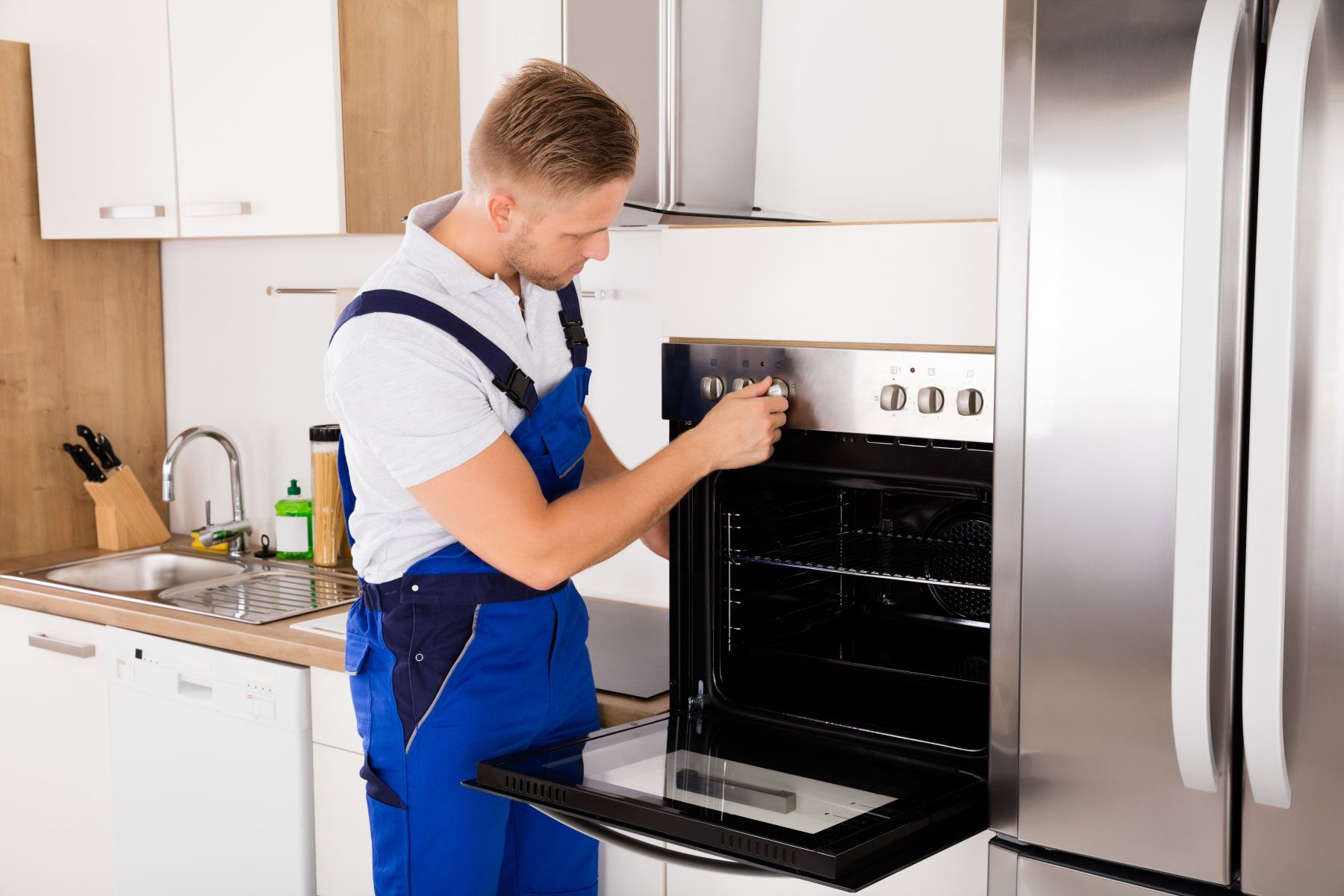An oven or stove that refuses to heat can really disrupt your weekly routine. Without an oven or stove that does its job, your meal prep plans fall apart, and maybe you have to cancel that dinner date on short notice. It’s a frustrating time when your oven can’t deliver on its most fundamental function.
Fortunately, our stove repair experts at Quick Fix Appliances can help!
If you’re not ready to fork over the funds for a professional repair, try these troubleshooting tips!
Internal Fuse Failure
The best place to start once you’ve identified this problem is to check whether or not your oven has internal fuses. Not every stove or oven has internal fuses, but your owner’s manual will tell you one way or the other. Replacing internal fuses is a very modest repair, and our stove repair experts can help you find the parts you need – call 1-619-928-5000.
Baking Element Issues: Sparking
The most common problem our stove repair experts see with out-of-service ovens is a fault baking element. The baking element is found at the base of your oven; the broil element is the one fixed to the top, though this is much less likely to fail.
If you see any sparking when the oven is in use, turn off your oven immediately, and unplug it from the main power source once sparking has stopped and it is safe to do so. Sparking indicates that your baking element has been damaged. More specifically, sparking means the insulating lining has been compromised, and any attempts to cook with this appliance will yield a dangerous of outpour of sparks. This is a serious fire and safety hazard. Once the unplugged oven has cooled and it is safe to do so, inspect the baking element. Any burn marks or discoloured spots along its length will tell you that it is indeed damaged and needs to be replaced.
Bad Oven Sensors
If your baking element and internal fuses seem to be in working order, the issue may be with the oven sensor. A bad oven sensor will not show any visual problems, but the temperature in your oven will not be properly regulated. You can verify this problem by comparing the ambient temperature of the oven with the oven’s inputted temperature setting. If you set your oven for 400F and it feels lukewarm inside, your oven sensor may be to blame.
Alternately, you can remove the oven sensor, then check the resistance with a multimeter.
For many modern stoves, this problem will be much easier to detect. Simply check the digital interface where your clock and temperature settings are controlled. You will probably notice a fault code being displayed. Refer to your owner’s manual for details, as each manufacturer and product will have unique fault code keys.
What About Gas Ovens?
If your gas oven isn’t heating, you might want to check for signs of igniter failure. A properly working oven igniter will typically go for 30-40 seconds before the burner lights. Look closely to spot any signs of damage: the telltale cracks are typically very small and nearly invisible to the naked eye. If you have trouble detecting signs of damage, you may want to call in our stove repair team. Alternately, you can remove the igniter and test the continuity using your multimeter.
Ready for one of our stove repair experts to help you? Call our toll free number at 1-619-928-5000 to book an appointment!
Contact us:
 619-928-5000
619-928-5000  Request Service
Request Service 
